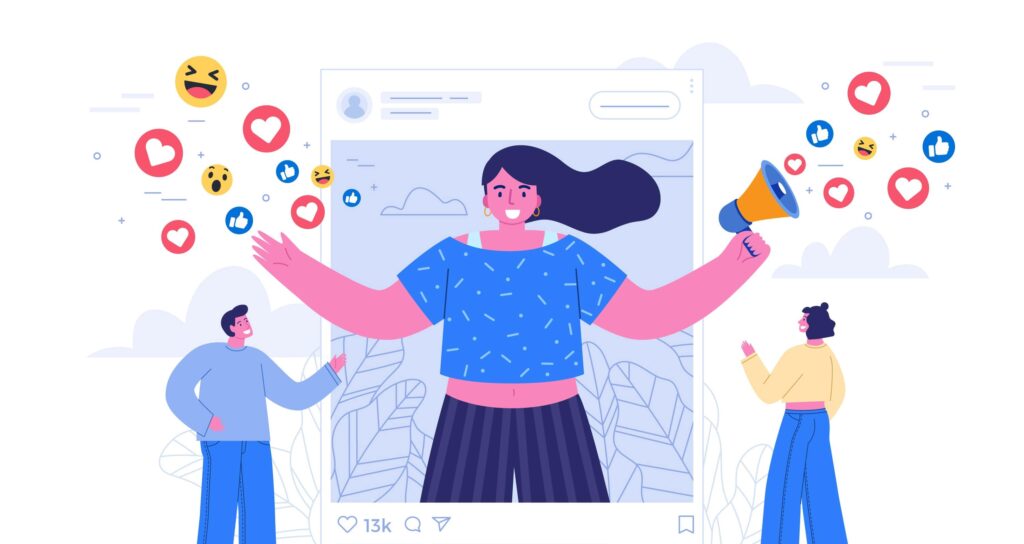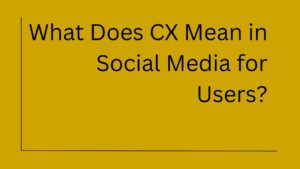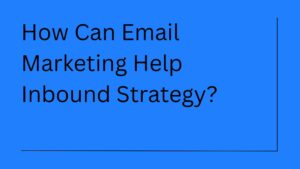Influencer marketing is a term we’ve all heard, probably way too often. But for good reason. Over the past decade, it’s grown from a niche tactic used by fashion bloggers and YouTubers into a mainstream strategy adopted by global brands and small businesses alike. It’s powerful. It’s emotional. And sometimes, it works like magic.
But is it always worth the hype? Well… not quite.
Let’s be honest here: while influencer marketing has brought impressive results for many brands, it’s not without its fair share of complications, hiccups, and occasional disappointments. It’s not a silver bullet. Like anything in marketing, it has both its bright side and its shadows.
So, if you’re weighing the idea or are currently knee-deep in an influencer campaign, this article is for you. Let’s walk through the actual pros and cons of influencer marketing, just a grounded, realistic take.
The Benefits of Influencer Marketing
Let’s start with the positives because, to be fair, there are plenty.
1. Authentic Brand Connection (At Least When Done Right)
One of the strongest selling points of influencer marketing is authenticity. Traditional ads often get tuned out. We scroll past them. We skip. We block. But when someone you already follow, someone whose content you engage with regularly, mentions a product? It doesn’t feel like an ad. At least, not immediately.
A beauty influencer recommending a serum they “actually use”? A gamer streaming with branded headphones, they seem to love? That feels… personal.
Even if we know it’s a partnership, we’re more likely to accept it. Influencers can make brand messaging feel organic, even conversational. That trust earned over time with their audience gets transferred to your product.
But here’s the trick: it has to be genuine. People can sniff out fake enthusiasm a mile away.
2. Laser-Targeted Reach
Influencers aren’t just celebrities with large followings. Many operate in micro or niche communities, think fitness, parenting, tech gadgets, vegan food, or even vintage stationery (yep, that’s a thing). And that’s where the gold lies.
Instead of spending thousands to reach a generic, broad audience, influencer marketing lets you narrow in. You’re tapping into audiences who already care about the exact thing you’re selling.
It’s like skipping the small talk and starting in the middle of a warm conversation.
3. High Engagement and Conversion Rates
Followers trust their influencers. So when an influencer recommends something, their audience often acts.
Whether it’s:
- Clicking a link
- Using a promo code
- Visiting a brand’s website
- Or simply tagging friends in the comments
…influencer campaigns usually see better engagement than typical banner ads or PPC campaigns.
And conversions? They often follow, especially in short-term campaigns with strong calls-to-action.
4. Boosts Brand Awareness & Recall
Even if an influencer’s followers don’t buy immediately, they now know your name. They’ve seen your logo, heard about your product, maybe even watched someone use it live.
That kind of visibility matters. Influencer marketing can plant seeds. It puts your brand in someone’s mental shelf, and down the line during a purchase decision, your name surfaces again.
That’s not just awareness. That’s long-term marketing ROI.
5. Content Creation Value
Let’s not ignore this hidden bonus. Influencers are creators. That’s what they do.
When they partner with you, they’re not just promoting your brand,, they’re creating content: photos, videos, reels, product demos, testimonials, you name it. This content can often be reused (with permission) across your own marketing channels Instagram ads, website testimonials, email banners, etc.
Instead of spending thousands on a photoshoot or UGC campaign, a well-chosen influencer can give you creative assets as part of the package.
6. Faster Results, Especially for Product Launches
Launching a new product? Or confused about how to market a product? Need traction, like, yesterday?
Influencer marketing can deliver quick visibility. Within a matter of days, or even hours, your product can reach tens of thousands of eyes, maybe more. That momentum can spike sales, website visits, and social mentions.
It’s like flipping on a spotlight in the middle of a dark room.
Now that we’ve celebrated the shiny side, let’s talk about the less glamorous part.
The Drawbacks of Influencer Marketing
Here’s where things get a bit more complicated. Influencer marketing has its perks, but it’s not all smooth sailing.
1. Not All Influencers Are… Well, Influential
This might sound obvious, but it’s surprisingly easy to overlook: just because someone has followers doesn’t mean they have influence.
Many influencers have inflated follower counts, fake engagement, or ghost audiences. You can pay them a fee, but the return? Minimal.
Sometimes their audience doesn’t trust sponsored posts anymore. Or worse, they never really engaged in the first place. That’s money wasted and worse, time lost.
Vetting influencers isn’t just about follower count. You have to dig deep into comments, past campaigns, tone, values, and more.
2. Costs Can Spiral Quickly
Contrary to the early days, influencer marketing isn’t always “cheap.” Top-tier influencers, especially on platforms like Instagram, TikTok, and YouTube, can charge tens or even hundreds of thousands of dollars for a single campaign.
Even micro-influencers, who used to be budget-friendly, are now pricing their reach higher. And that’s not necessarily bad; they’re providing value, but the ROI isn’t always guaranteed.
Plus, when you factor in gifted products, agency fees, contracts, usage rights, and paid amplification? The costs can creep up fast.
3. Brand Risk and Reputation Management
Influencers are humans. They can make mistakes, post something controversial, or behave in ways that clash with your brand values. And if they’re tied to your brand at the time?
It’s a PR nightmare waiting to happen.
One wrong tweet. One offensive video. One off-brand opinion and suddenly, you’re in damage control mode, even if you weren’t involved directly.
That’s the risk of tying your brand to a personality.
4. Difficult to Measure ROI Clearly
Unlike performance ads where every click and conversion is tracked, influencer marketing often works in grayer territory.
Sure, you can use:
- Promo codes
- Tracking links
- UTM tags
…but what about impressions that didn’t convert instantly? Or offline brand lift? Or people who bought days later but didn’t use the code?
Measuring impact isn’t always straightforward. Especially for long-term brand awareness goals, influencer marketing can be a bit of a data black hole.
5. Saturation and Fatigue
Here’s the thing: influencer marketing used to feel special. Unique. Now? It’s everywhere.
Followers are starting to get fatigued. When every post becomes a #sponsored plug, people start tuning out. Engagement drops. Trust erodes. And worse, your brand might be seen as just another ad in the feed.
It takes creativity and restraint to stand out in this saturated space. Otherwise, you’re just noise.
6. Creative Control Can Be Tricky
Influencers are creative people. They have their own tone, voice, style, and aesthetic. And that’s great until it clashes with what you want.
You can give them a brief. You can guide the message. But at the end of the day, you’re not directing the show. They are.
Some brands struggle with this loss of control. And sometimes, that tension leads to awkward, watered-down content that pleases no one not you, not the influencer, not their audience.
So, Considering Both Pros and Cons, Is Influencer Marketing Worth It?
Like most marketing tools, it depends.
It depends on:
- Your goals
- Your budget
- Your product
- Your target audience
- And your ability to pick the right influencers
When done with thought, patience, and clarity, influencer marketing can be incredibly powerful. But when rushed or treated like a magic shortcut? It often disappoints.
The truth? It’s not about choosing influencer marketing vs no influencer marketing. It’s about how you approach it, what you expect from it, and whether you’re ready to invest the time it takes to do it right.
A Few Quick Tips Before You Dive In
If you’re seriously considering influencer marketing, here are a few quick, honest suggestions:
- Start small: Test campaigns with micro-influencers before investing in major partnerships.
- Vet thoroughly: Look beyond follower counts. Engagement, tone, comment quality, and audience authenticity matter way more.
- Be clear but flexible: Share your vision, but give influencers room to speak in their voice.
- Track smartly: Use promo codes, UTM links, and clear KPIs. Don’t rely only on “likes.”
- Think long-term: One-off shoutouts might help, but ongoing relationships build deeper trust and better ROI.
Final Thoughts
Influencer marketing is neither a golden ticket nor a waste of money. It’s a tool, like SEO or email marketing, one that can perform brilliantly in the right hands or fall flat if misused.
What makes the difference?
Not how much you spend. Not how famous the influencer is. But how well you align your message with their voice, how well you understand their audience, and how patient you are with the process.
It’s marketing with humans, through humans, to other humans. That alone guarantees it’ll always be a bit messy but also full of possibility.
If you’re up for the ride, it might just be one of the most rewarding channels you’ll ever explore.






2 thoughts on “What are Some Benefits and Drawbacks of Influencer Marketing?”
First of all, I say, understanding the cons of collaborating with influencers is a higher thing than knowing its benefits. It is so, so important! Because prioritising pitfalls would definitely help smooth the experience of taking campaigns live.
Hey, Seth commenting here,
Very well presented. Every quote was awesome, and thanks for sharing the content. Keep sharing and keep motivating others who hesitate to onboard influencers just because others post about actual drawbacks.
Thanks.